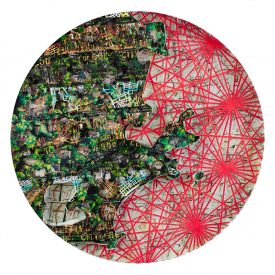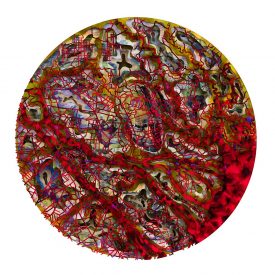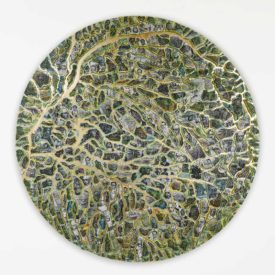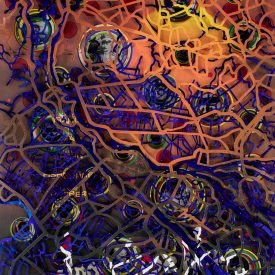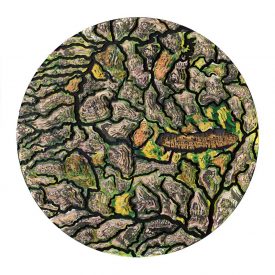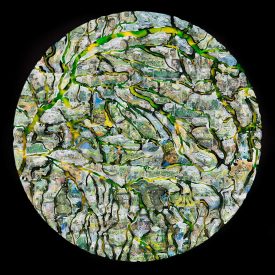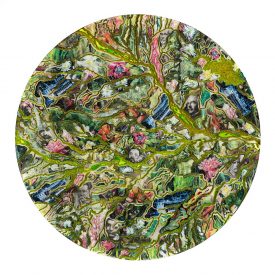Francis Ford Coppola’s 1978 film Apocalypse Now, loosely based on “The Heart of Darkness’ by Joseph Conrad holds up a dark inverted mirror to the personal explorations of the 1960s. The film transposes Joseph’s Conrad’s tale from the Congo river into the modern era. The Vietnam war is presented in all it’s messy incongruities, the overlay of modern American culture suddenly lands upon a traditional rural asian society of which it has little comprehension. The film illustrates with lurid clarity the contradictory intersection of 1960s drug induced experiments with notions of Eastern spirituality and the showbiz flash of contemporary war. The film itself whilst a serious war film, is also a deliberate and ironic version of a Hollywood war film. The brash cultural invasion depicted in Apocalypse now echoes the future that was witnessed in Iraq in the two wars there and also in the ousting of General Noriega in Panama.
Echoing the Belgian Colonization of The Congo in the late 19th century and the narrator in “The Heart of Darkness’ the overriding sensation felt by the invaders is one of fear and paranoia amidst the unknown population. The figure of Mr Kurtz is a sort of anti Iconic figure, one who through an intense personal involvement in violence and death has gone beyond the tunnels of fear to exist in a place where the moral norms underpinning humanity have been cast away. Joseph Conrad based his figure of Kurtz upon some actual examples that he either came across or heard of whilst in the Belgian Congo. Captain Leon Rom, perhaps provided the closest model for Kurtz, with his flowerbeds decorated with human skulls and a gallows permanently erected in front of the station.
Many of the hundreds of thousands of American GI’s that that participated experienced their own versions of Mr Kurtz. The traumas experienced, the heavy drug use left many with an unstable and often violent internal landscape, one in which it became impossible to re connect and live within the society from which they came. It was estimated that more than 50,000 vets were living in the wilds of Northwestern America in the decades after the war.
The sculpture contains imagery from the film and is geographically encompasses the entire lower Mekong Delta from Phnom Penh to the coast.
